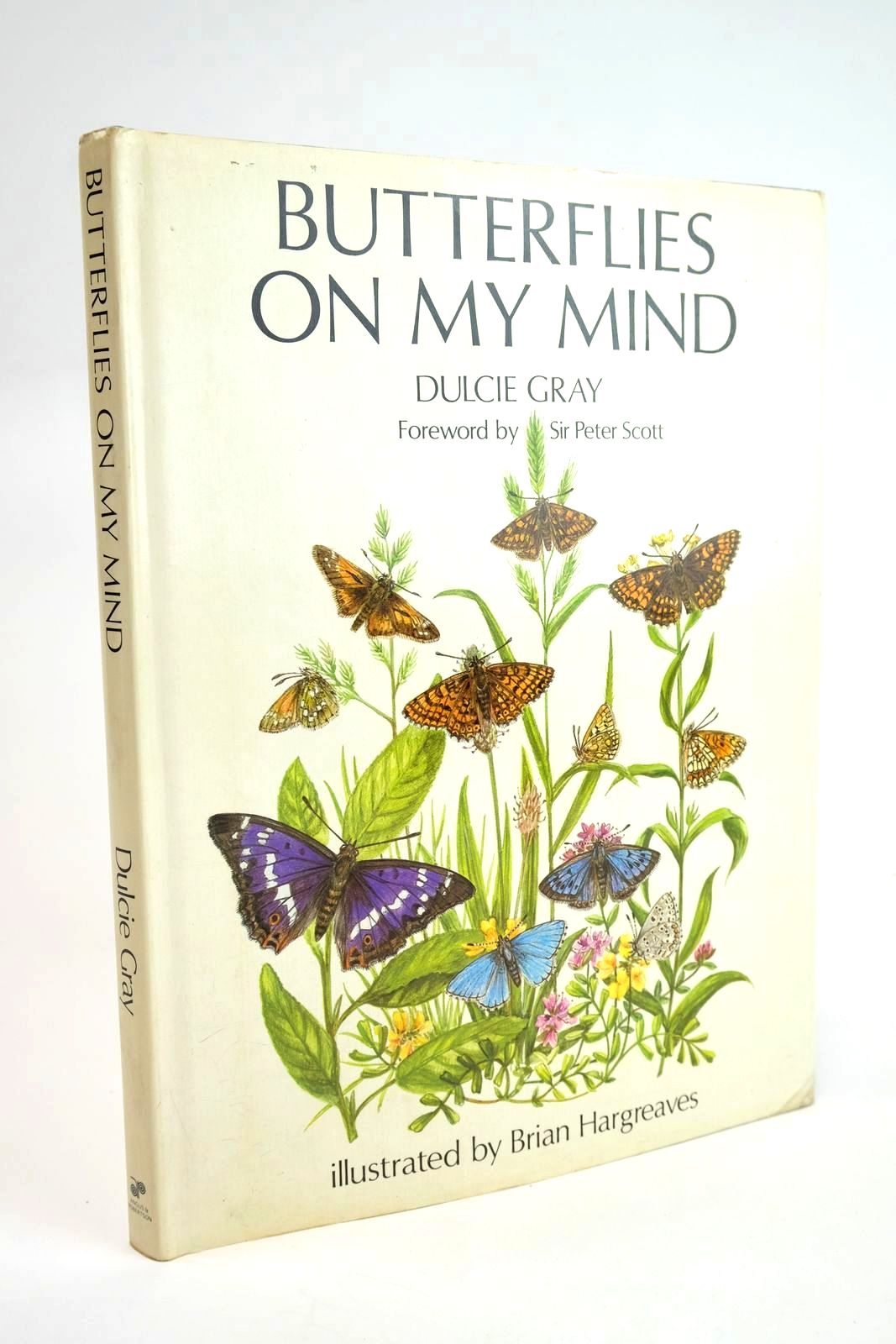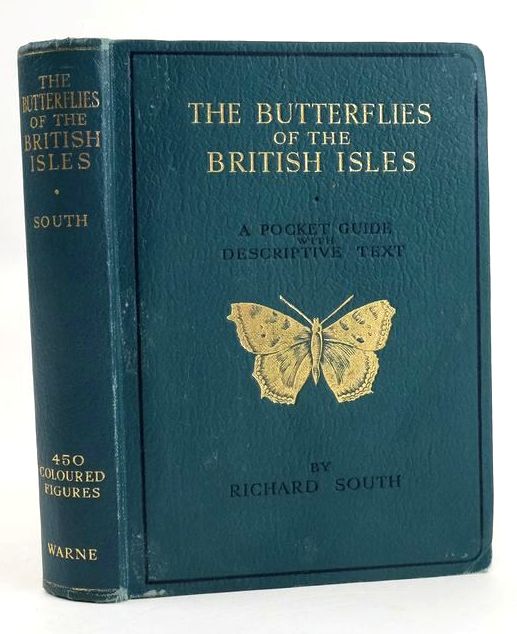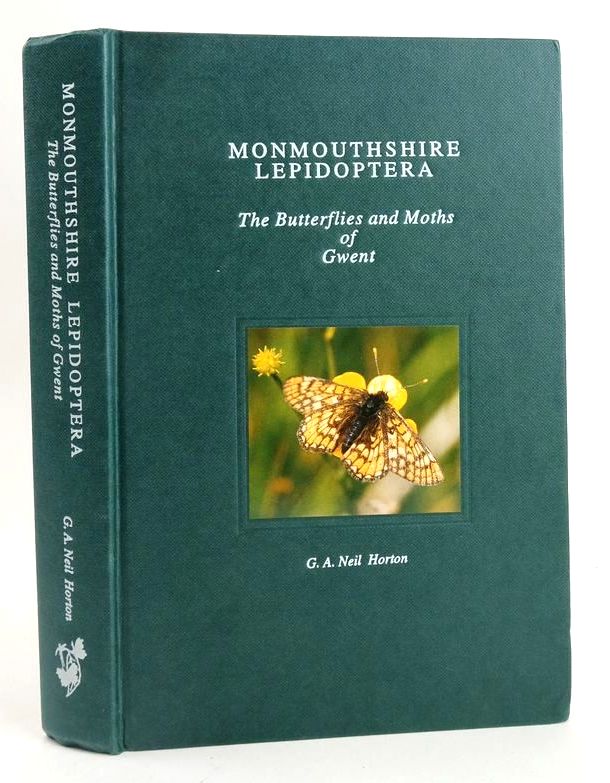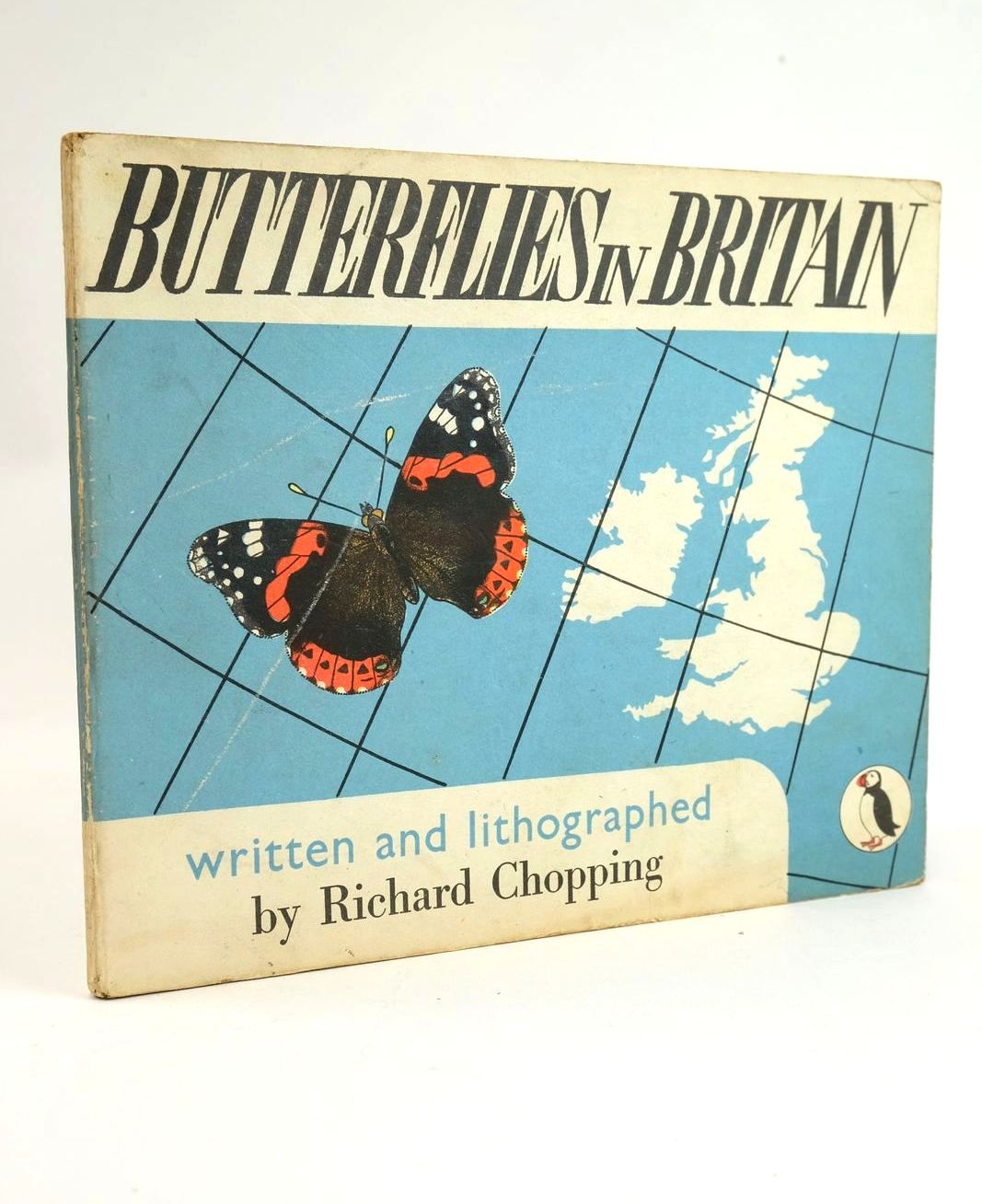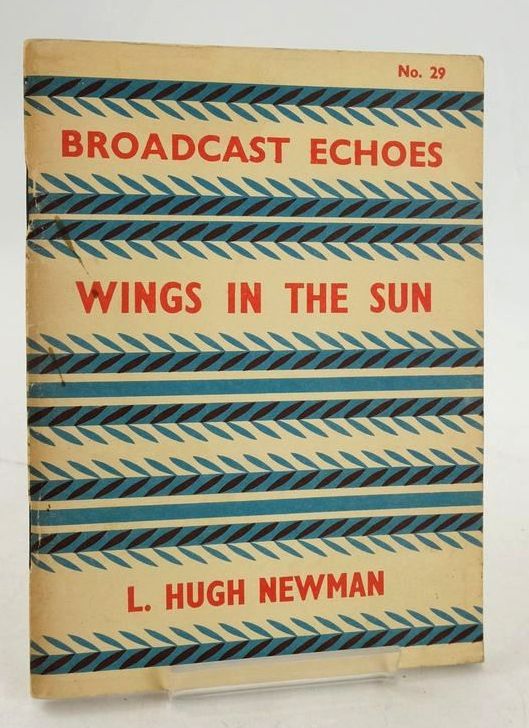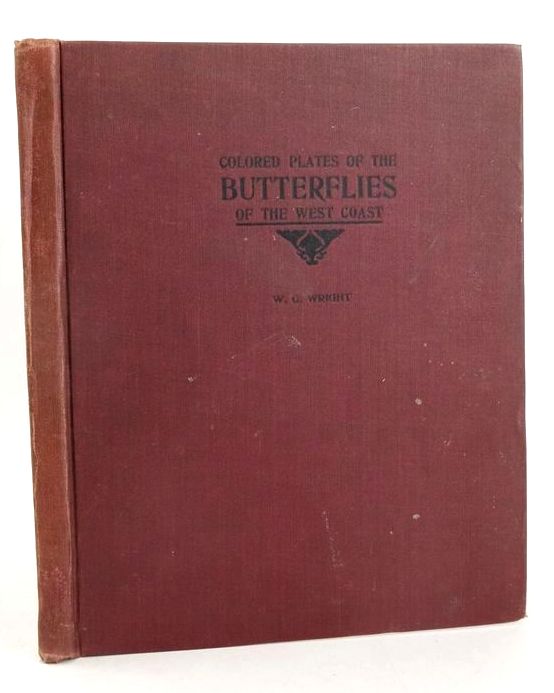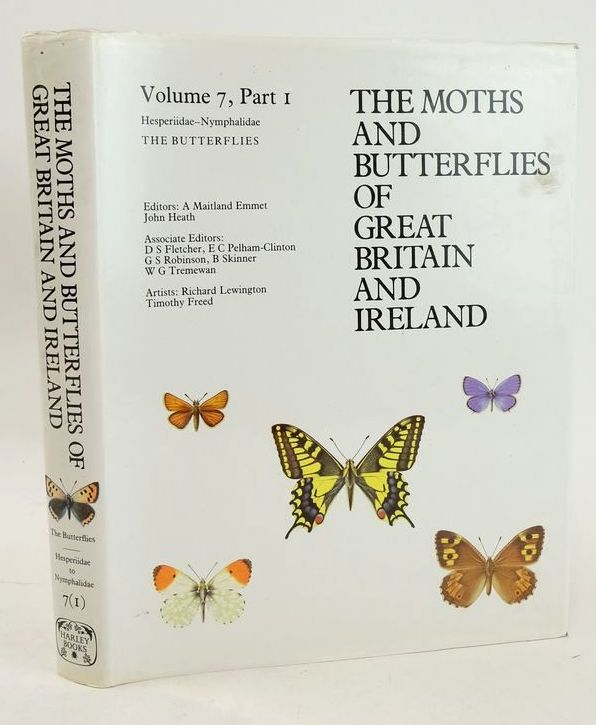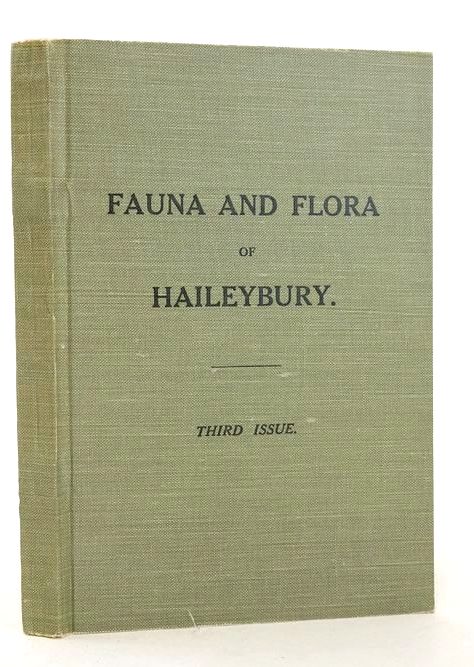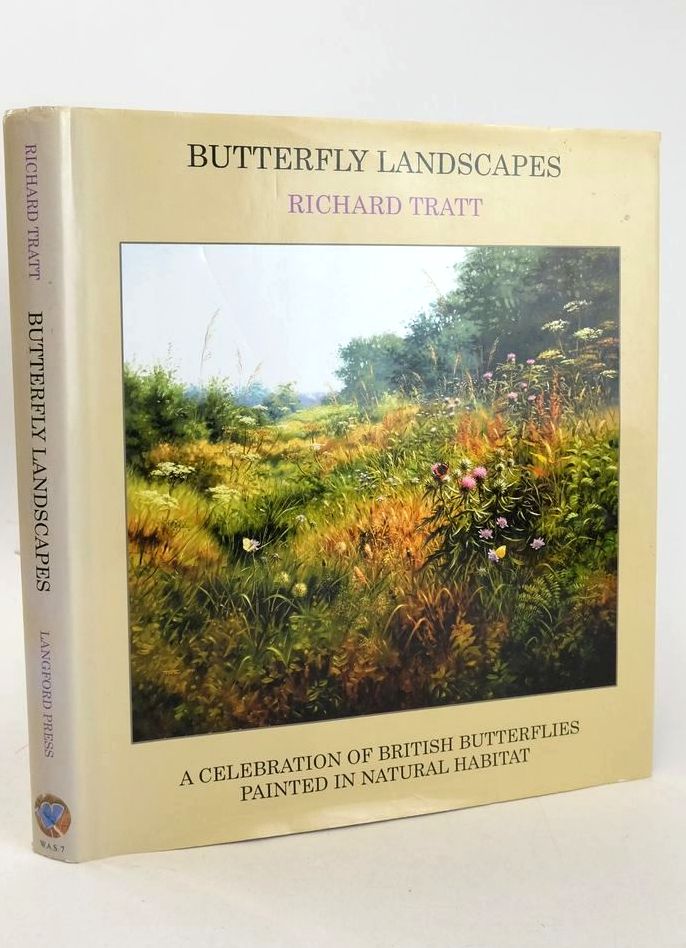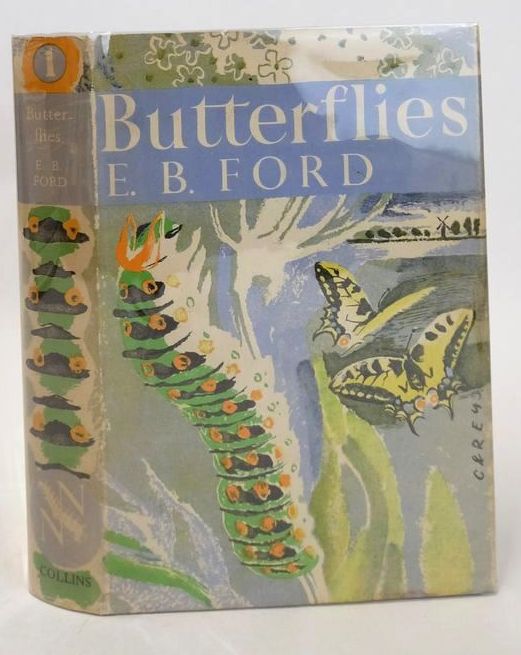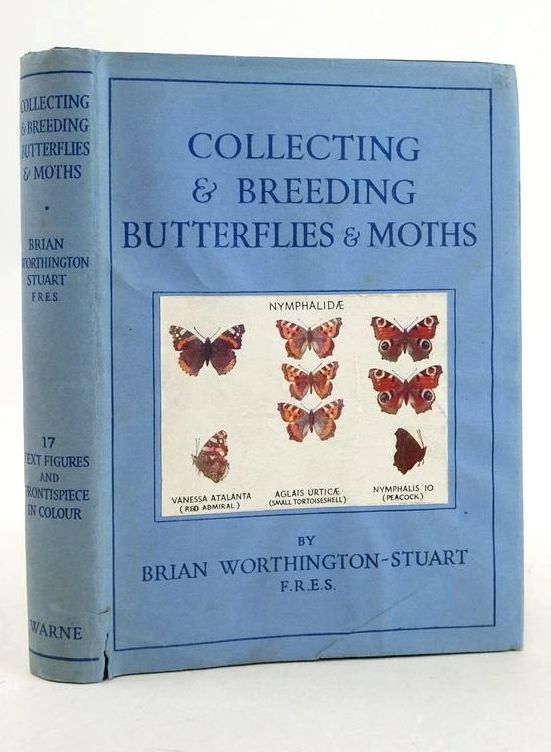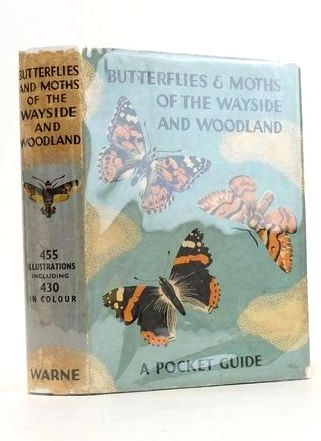Butterflies Or Bust

 As we've all seen in the news during recent years, the populations of bees and butterflies have been in decline for some time and I realized that it had become something of a novelty to see a butterfly in the garden. What had happened to those endless summer days of childhood when the gardens were full of multi-coloured butterflies and one used to collect pupa cases in match-boxes?!
As we've all seen in the news during recent years, the populations of bees and butterflies have been in decline for some time and I realized that it had become something of a novelty to see a butterfly in the garden. What had happened to those endless summer days of childhood when the gardens were full of multi-coloured butterflies and one used to collect pupa cases in match-boxes?!
As you may recall from a previous article, we have tried to create a garden that is attractive to wildlife in general, but there is a preponderance of small trees, shrubs and ferns at the expense of flowering plants. So, Action Plan 1 – increase the number of nectar-rich flowers!
I was already aware of some of the more obvious plants –Buddleia, Ice Plant (Sedum spectabile), Lavender – and by lurking in garden centres watching which plants were covered with bees and butterflies I was able to add further candidates. Further online reading at horticultural and bee-keeping websites provided a final list of plants that would provide nectar during the longest possible season.
I was amazed that within a couple of days of the plants being added ,night-flying moths were visiting daily, and at least 3 species of butterfly had been seen the garden. So far, so good!


Above: The addition of some flowering plants aims to re-assure visitors that the unkempt
nature of the grass is deliberate, rather than the result of casual neglect!
Time for Action Plan 2 – providing a source of food for caterpillars!
Now, as any vegetable-growers among you will testify, these little chaps are top-of-the-range, non-stop eating machines. They can also be fussy little fellows, with species of butterflies having their own favoured food sources or 'host plants'. Since I am trying to encourage Peacock and Red Admiral butterflies, a large tub of Stinging Nettles has been 'conveniently' placed on the steps separating the two halves of the garden. If only the nettles would stay in the tub instead of jumping out and setting up home around the garden as soon as my back is turned...


Above: The nettles are providing a food source for something... but what?
If you can identify this caterpillar, seen on the nettles in late March 2014, please get in touch!
We also have a small area of grass, hardly deserving of the appellation 'lawn', which is now being allowed to grow tall during the summer along with any weeds, sorry - native wild flowers, that may have the strength of character to establish themselves. Hopefully this minor wilderness will be perceived as Utopia by the small armoured creatures whose sole purpose in this universe seems to be to leap into one's drink as soon as you dare to relax on the patio.
How will this project develop this year? Well, we will have to wait and see but already the nectar- rich plants are responding to the early Spring sunshine and the nettles are, well, flourishing and there certainly appears to be a colony of 'things' in webbing at the tips of the shoots....
So, as we wait for identification of the Mysterious Things and the next flowers to appear – perennial wallflower 'Bowle's Mauve' – here are just a few facts about butterflies that are Quite Interesting:-
- Butterflies 'taste' with their feet. A butterfly standing on a leaf, and drumming with its feet to release the chemicals in the leaf, can determine whether it is a good place to lay eggs.
- Butterflies are cold blooded and need to use the sun's energy to warm up – they cannot fly if their body temperature is less than around 30 Celsius.
- Caterpillars are voracious eaters and can increase up to a thousand times (or more) in size before pupating.
- Most butterflies fly at around 5 – 12 m.p.h.
- A newly emerged butterfly must assemble its proboscis, using two palpi, before it is able to feed.
Contributed by Tim
(Published on 1st Apr 2014 )


